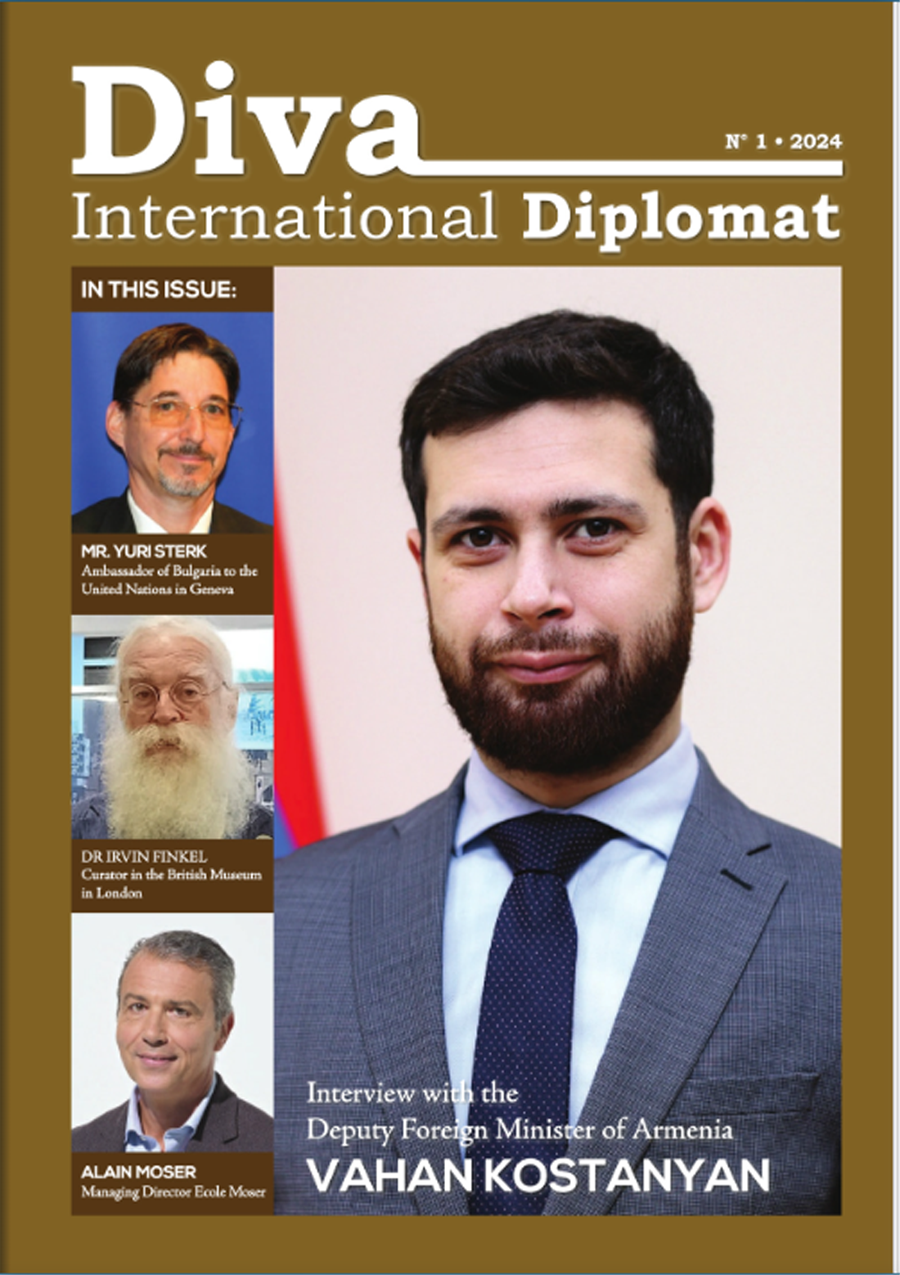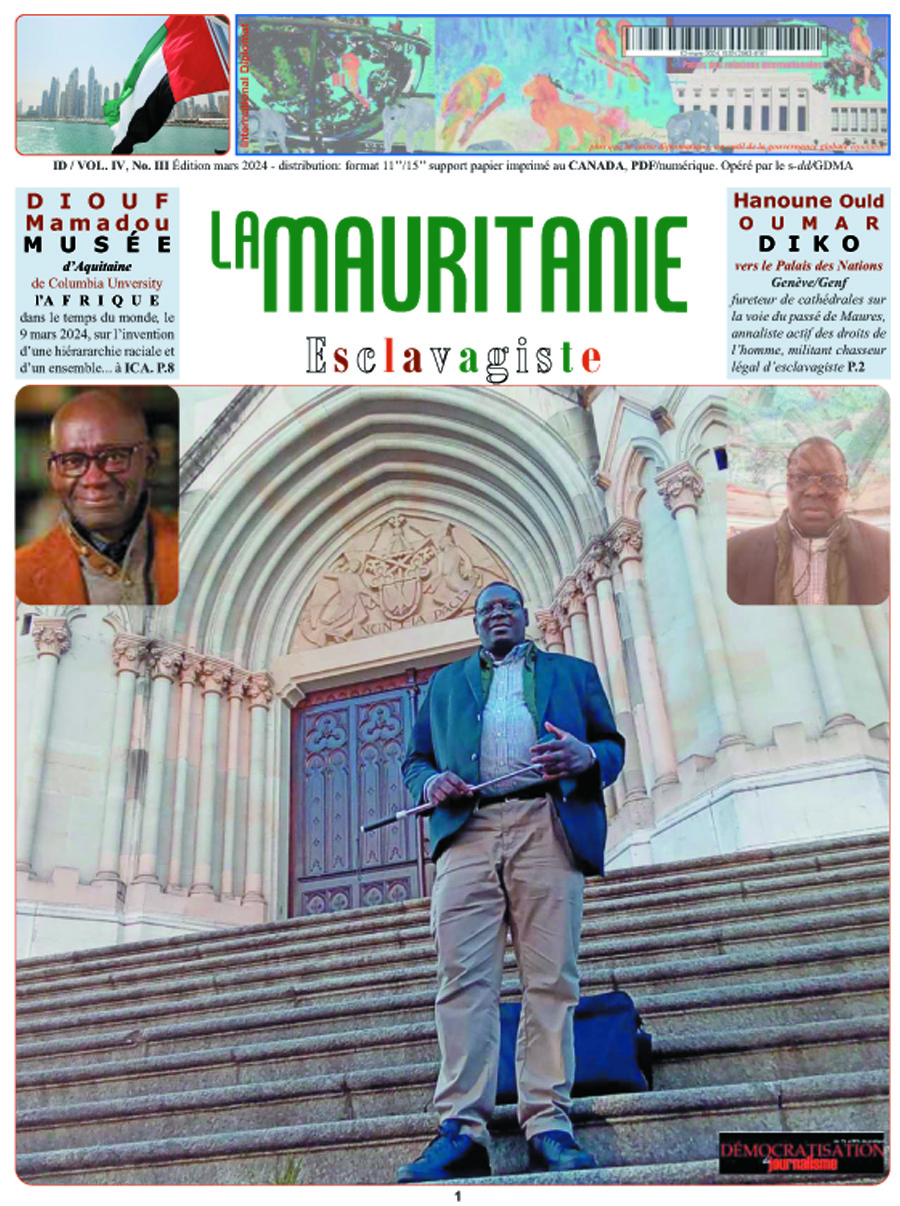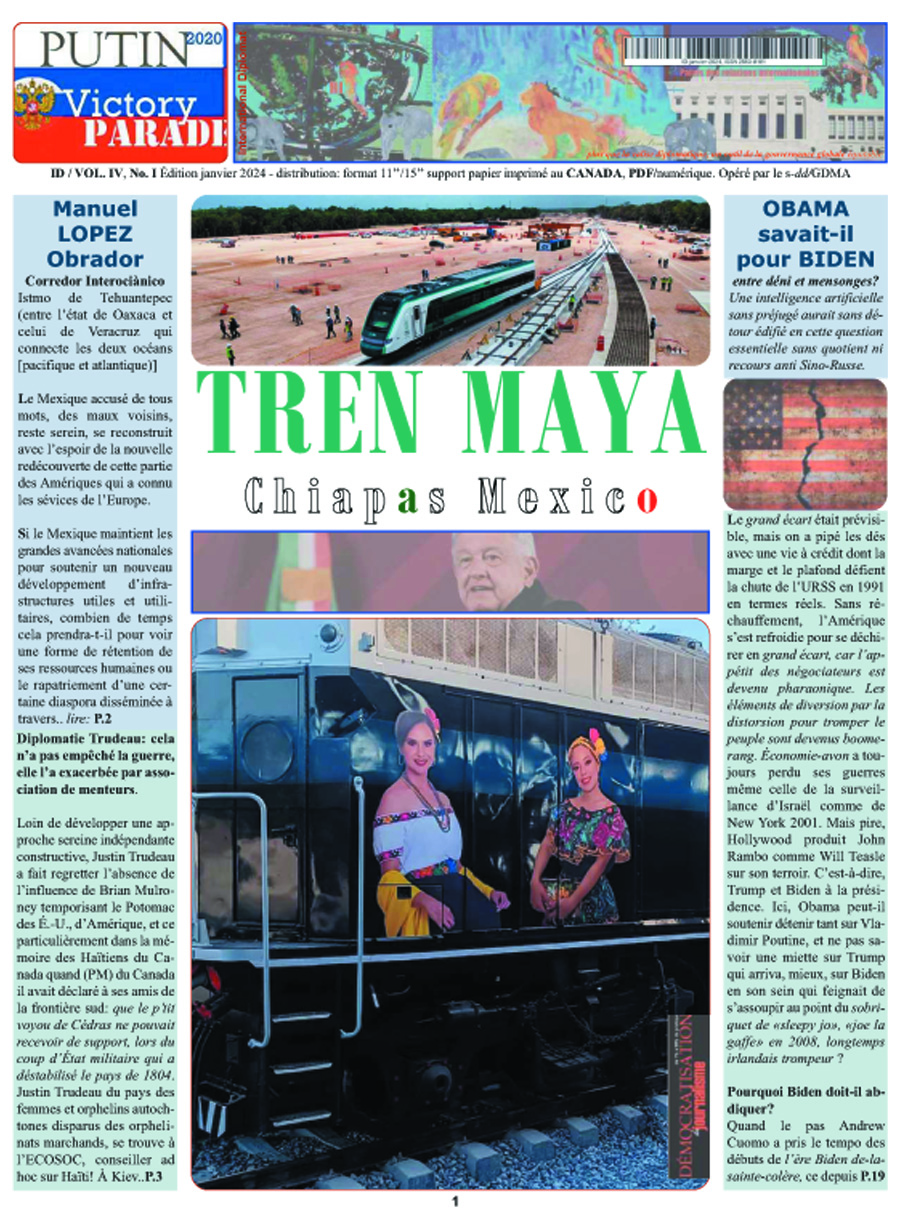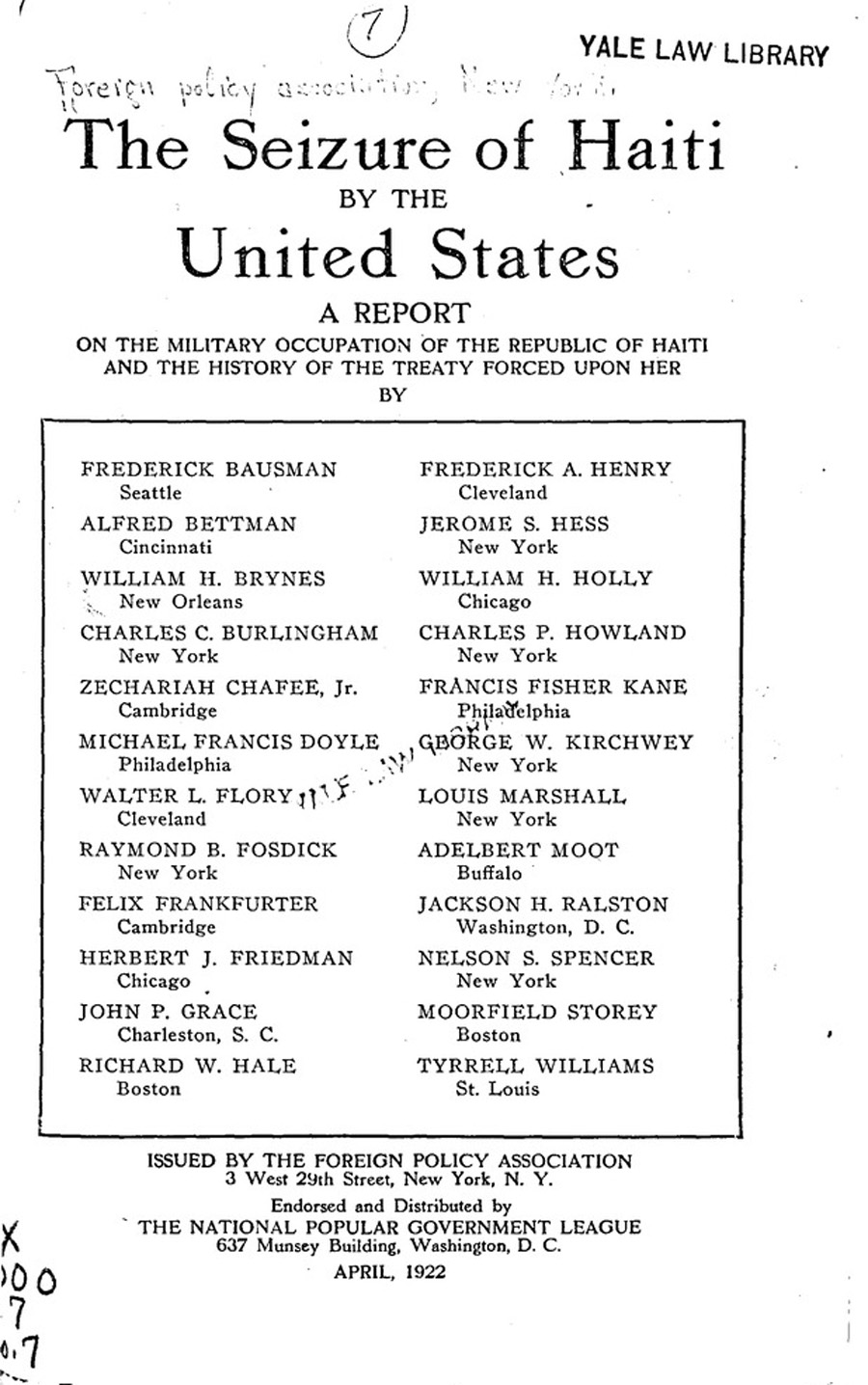Billion dollars are invested yearly in very sophisticated satellite observation technology used in the intelligence world. But today this world is losing the monopoly of accurate geospatial information: interdependent, inter-linked systems give new users new perspectives on the information age, more access to data, more outreach, more of just about anything. Some of these advancements have become available to everyone through commercial enterprises and may be useful in improving old ways of doing things in the international community arena. How are the international community and the UN system harnessing this techno-info-heaven? Not so well. But there is hope, because in a few hedge areas we (the UN) are among the best. Or, the best among those who can afford to be seen in the public spotlight.
The way in which information is generated, shared, and handled changes so fast that in most cases we just don’t notice it. Social networking has changed more than we tend to believe: individuals who were part of the mass of those “observed” are now those who observe. A colossal amount of observations, cross-checks, photos, and other images is generated each minute by hundreds of millions of people in the world. And now we can share, compare and forward the mass of information that is so generated. It is what we call “the cloud”: the mass of individuals, sources, data and the like existing “out there” on the web. Remember the birth of the “blogging” phenomenon? Multiply by 1,000,000 and you have Face Book and the like. Now add a geographic reference, and you have armadas of individuals ready to exchange information on “where” in addition to who, how and why. This ever growing “crowd” of individuals is anonymous in itself, but taken collectively, it knows everything at any given time. Harvesting this information by theme, category, or topic is the dream of many, both well and ill intentioned. It is what we call “crowd sourcing”: a business already worth billions to which you provide a small contribution every time you describe yourself, a restaurant, or a friend shopping habit on Twitter and the like.
Born almost 10 ago from a small experiment in the form of a project, UNOSAT, the Operational Satellite Applications Programme part of UNITAR, is well positioned to draw benefits from these changes in the interest of the entire United Nations system. Because of its applied research soul, UNOSAT has been the motor of a deep albeit silent revolution in the use of satellite technology for the UN cause, and a most celebrated example of efficiency that the press mentions many times a year (see for example the New York Times over Haiti earthquake, in January 2010). In 2009, 1,000,000 UNOSAT maps were downloaded worldwide in the domain of emergency response alone (one of the three main areas of activity of UNOSAT). From 2003 to December 2009 UNOSAT has been activated in over 180 humanitarian emergencies.
After setting up efficient services in the area of strategic territorial planning and humanitarian rapid mapping, UNOSAT is turning to the next challenge: human security and human rights. With powerful supporters and experimented allies such as Human Rights Watch and the MacArthur Foundation, UNOSAT is in the final stages of launching a geospatial support service for areas as essential as monitoring of neglected emergencies, combating piracy, assessing damage on civilian infrastructure in conflict situations, and more.
Based on strong positive experience in all areas relating to emergency response to natural disasters and humanitarian relief in complex emergencies, UNOSAT started testing geospatial analysis in human rights cases in 2003. After years of technical refinement and trials in 15 real cases, of which the last 4 in 2009, included giving support to the UN Fact Finding Mission in Gaza, we are confident that geospatial information and analysis is a very useful tool in this field, and one that cost less money and exposes less staff to personal risk in the field.
The human rights community has steadily increased the demand of geospatial information, going from sparse applications a few years ago to a quasi regular use at present. The work of UNOSAT and others has contributed to making earth observation a practical option for the human rights community because it brings objective and time-stamped information on known situations and also photographic illustration of locations to which access is denied to humanitarian workers.
This is possible thanks to the growing number of high-resolution imagery sources available to wider audiences. In 2007 the WorldView-1 (WV-1) satellite was launched by DigitalGlobe. This is a high-resolution imaging satellite funded by the US Government whose imagery is made immediately available for sale to the public. Since its launch, WV-1 has succeeded in gathering imagery in many conflict areas, including South Ossetia, Democratic Republic of Congo, Sri Lanka, and elsewhere. Other commercial satellites recently launched that are useful for human rights assessments include GeoEye-1, launched in 2008, and WorldView-2 with 0.48 m resolution, launched in 2009. These satellites have significantly enhanced access to useful data and lowered the operating costs of UNOSAT work.
For 10 years we have worked at keeping the UN system at the forefront of satellite technology applications by researching new tools and innovative applications. To keep the UN family ahead of the curb UNOSAT partners with its user agencies in defining new applications areas and new challenges. A few of these see the light in the form of services and product updates. Another celebrated example is the UNOSAT maritime piracy monitoring bulletins, used both within and outside the UN. A few of these services offer the potential, once integrated, of forming a coherent set of applications for human security and human rights, areas in which the use of advance technologies has not progresses substantially in the past years. We hope that this new initiative will contribute to improving this situation and to equipping agencies dedicated to this cause with more powerful and objective decision support tools.
For more information see www.unitar.org/unosat
Francesco Pisano Manager, UNOSAT UN Institute for Training and Research





